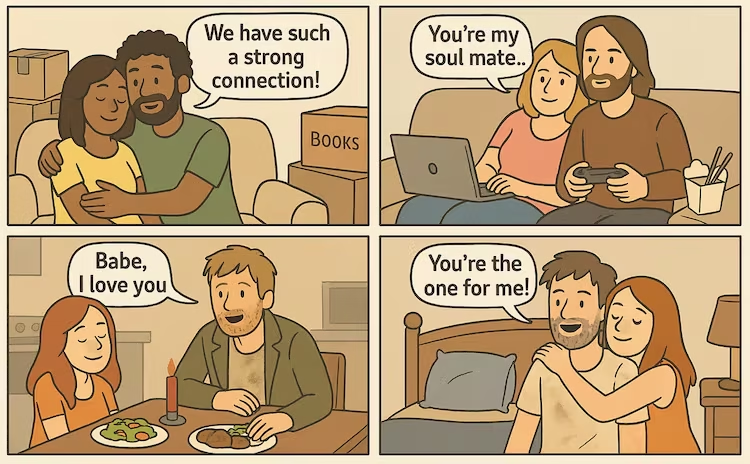In the bustling chaos of India’s cities, where rents are sky-high and space is a luxury, love and relationships are quietly taking on a new form. For some, romance is about companionship, emotions, and passion. But for others, it’s also about something much more practical — a roof over their head. This is where the curious phenomenon of urban hobosexuality has begun to take root.

A City Where Love Meets Survival
Life in Indian metros like Mumbai, Delhi, and Bengaluru is not for the faint-hearted. The cost of living can break your spirit before your dreams have a chance to take off. Rents alone can drain a major chunk of a person’s salary. Add to that the pressure of maintaining a certain lifestyle, and you have a perfect storm that drives some people toward unconventional arrangements.
In this backdrop, hobosexuality — the idea of starting or sustaining a romantic relationship mainly for housing benefits — is quietly becoming part of the urban dating scene. It’s not always a cold, calculated move; sometimes it grows out of genuine bonds, but the financial advantage becomes an undeniable factor that keeps the relationship going.
The New Age Urban Equation
Unlike traditional relationships, where love is the primary driver, urban hobosexuality often begins with a practical need. A struggling newcomer in the city might meet someone who not only offers affection but also a spare room. The romance blossoms in a shared living space, with rent-free survival as an unspoken perk.
For some, this arrangement is a temporary stepping stone — a way to save money until they find their footing. For others, it becomes a long-term strategy, merging emotional attachment with economic stability.
Why It’s Becoming More Visible Now?
The rise of dating apps, changing attitudes toward live-in relationships, and the increasing independence of young professionals have all made such arrangements easier to form and maintain. In a country where cohabitation was once heavily taboo, cities have now become more accepting spaces for such dynamics to exist under the radar.
At the same time, economic disparity plays a huge role. Not everyone moving to a city has the privilege of family-owned property or a high-paying job. Hobosexuality becomes a subtle survival mechanism — a way to keep going in an expensive, competitive environment.
More Than Just a Stereotype
While the term “hobosexual” might sound harsh or judgmental, the reality is often more complex. These relationships can still hold genuine affection and mutual care. But they also reflect the growing pressures of urban life, where love stories are intertwined with the struggle to simply keep a roof overhead.
Whether one sees it as opportunistic or resourceful, the rise of urban hobosexuality in India is a mirror to how cities shape the way we love, live, and survive.
Disclaimer: This article is for cultural discussion purposes only. It does not intend to stereotype, label, or judge individuals based on their relationships. The term “hobosexuality” is used here as a sociocultural observation, not as a moral verdict.










